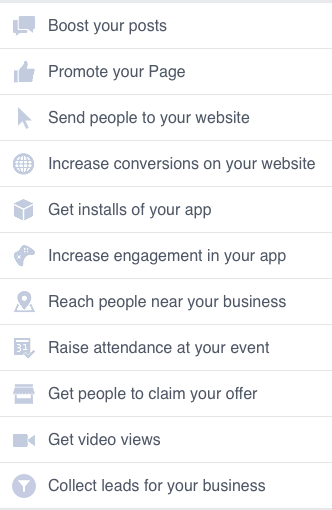1) Choose Your Objective
What do you want to accomplish with your ad? Do you want people to visit your website, ‘like’ your Facebook page or claim an offer? Or do you want people to download your app?
The main options used are to send people to your website and boosted posts, but there are also opportunities to increase conversions on your website, promote your page, increase your engagement in your app, reach people near your business, raise attendance at an event, get people to claim your offer or get more video views.
2) Targeting Your Desired Audience
Now you have chosen what objective to focus on, you’re ready to create the ad set. This is where you choose who the ad will be directed at and who will see it. Facebook allows you to choose your users quite in-depth.
- Custom audiences
- Demographics (location, age, gender etc)
- Actions (interests, behaviour)
3) Targeting By Custom Audiences
The first targeting option is to select your custom audience. Here, you can choose specific lists of people to target., which is especially useful for retargeting purposes. Say you sent an email to contacts promoting an upcoming offer, and you want to reach the people who clicked on the email but didn’t actually sign up. This could be an opportunity to use a Facebook ad to target by custom audiences, reminding them of the offer again, but just on a separate channel.
4) Targeting By Demographics
As mentioned before, additional targeting criteria include location, age, gender, and language. You can go further into criteria and get even more specific with demographics that include relationship status, education, work industry, and financial status.
Although being able to target specific people and characteristics, you may be missing a bunch of qualified users who don’t list their age/place of work/gender on Facebook.
5) Targeting based on Actions Taken
Another important targeting category for your campaign is interests. Here you can type in specific keywords related to your offer that your intended audience would be interested in. You can even type in job titles that your intended audience might identify by, like ‘marketing manager’ or ‘account manager’. If you enter multiple interests, then your ad will reach people who have any of the interests, not a combination or all of them.
6) Budgeting
Set you daily maximum budget or total budget. By setting a daily budget, you can ensure your total budget isn’t completely spent immediately in a few days in case the ad does not perform well and you forget that it’s running. Or, you can just choose to set the budget for the entire campaign.
You can also choose if you want to run the campaign immediately and continuously or if you want to customise the start and end dates.


